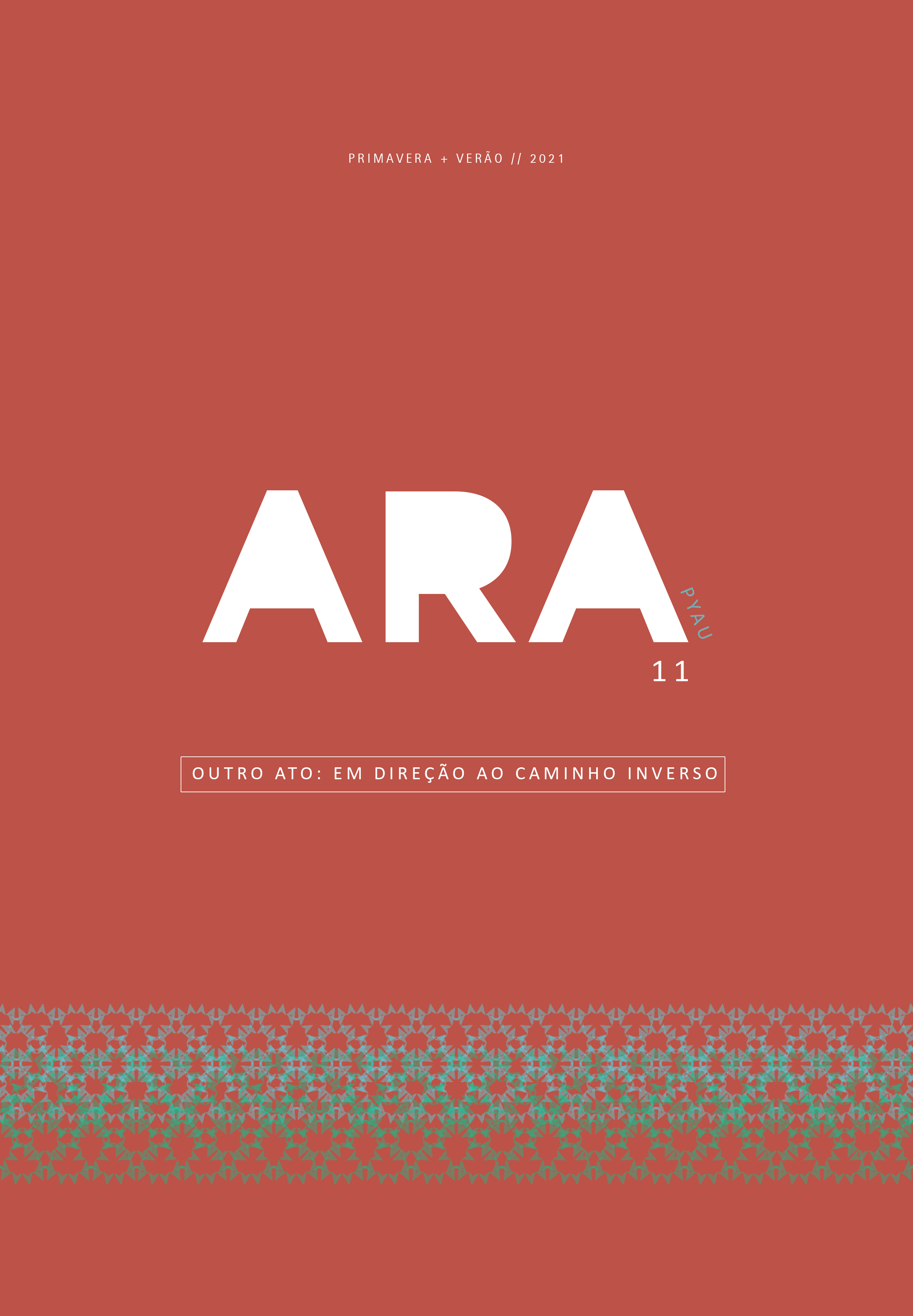Human landscapes
DOI:
https://doi.org/10.11606/issn.2525-8354.v11i11p11-33Keywords:
São Paulo, Landscape, Social Symptoms, Nankin ink, Wet techniquesAbstract
Visual essay entitled Human Landscapes, poetic works made with watery pictorial techniques that show an investigative-practical path inspired by people living on the streets in the city of São Paulo. Characters treated as discard, rags and leftovers, alleged ugliness that we socially refuse to face, expose the fragility and perversity of the current system. The records and creations propose to the viewer a slower time, or another act, curiosity and dedication that allow a tour of the work, a look beyond, in order to glimpse layers and figures, social symptoms that require reflection and new practices. The horrible reality is transfigured into poetic reality, inviting thought and actions towards the opposite path, depersonalization and breaking down preconceived and pre-formulated ideas.
Downloads
References
BARROS, Manoel. Matéria de poesia. Rio de Janeiro: Alfaguarra, 2019.
BENJAMIN, Walter. O narrador. In: BENJAMIN, Walter. Walter Benjamin: Obras escolhidas. Vol 1. Magia e técnica, arte e política. Ensaios sobre literatura e história da cultura. São Paulo: Brasiliense, 1987, p. 197-221.
DIDI-HUBERMAN. Cascas. São Paulo: 34, 2017.
LATOUR, Bruno. Imaginando gestos que barrem o retorno ao consumismo e à produção insustentável pré-pandemia. ClimaInfo, 03 abr. 2020. Disponível em: https://climainfo.org.br/2020/04/02/barrar-producao-insustentavel-e- onsumismo/ Acesso: 06 mai. 2020.
KRENAK, Ailton. A vida não é útil. São Paulo: Cia. das Letras, 2020.
MAIA, Dhiego. Prefeitura de São Paulo antecipa censo de sem-teto por causa da pandemia. Folha de S. Paulo, 14 abr. 2021. Disponível em: https://www1.folha.uol.com.br/cotidiano/2021/04/prefeitura-de-sao-paulo- antecipa-censo-de-sem-teto-por-causa-da-pandemia.shtml. Acesso em: 9 mai. 2021.
NATALINO. Marco. Estimativa da população em situação de rua no Brasil (setembro de 2012 a março de 2020). Brasília: Ipea, 2020. Disponível em: https://www.ipea.gov.br/portal/images/stories/PDFs/nota_tecnica/200612_nt _disoc_n_73.pdf Acesso em: 10 mai.2021.
SANTOS, Milton. A natureza do espaço: técnica e tempo, razão e emoção. São Paulo: Edusp, 2017.
SATIE. Anna. Mais mulheres e crianças engrossam população de rua, diz padre Julio Lancelotti. CNN Brasil. 13 jan 2021. Disponível em: https://www.cnnbrasil.com.br/nacional/2021/01/13/especialistas-veem- aumento-de-populacao-de-rua-mas-nao-ha-dados-oficiais Acessado em: 10 mai. 2021.
Downloads
Published
Issue
Section
License
Copyright (c) 2021 Márcia Sandoval Gregori

This work is licensed under a Creative Commons Attribution 4.0 International License.
Autores que publicam nesta revista concordam com os seguintes termos:
- Os autores mantêm os direitos autorais e concedem à revista o direito de primeira publicação, com o trabalho simultaneamente licenciado sob a Licença CreativeCommonsAttribution CC-BY que permite o compartilhamento do trabalho com reconhecimento da autoria e publicação inicial nesta revista.
- Os autores têm autorização para assumir contratos adicionais separadamente, para distribuição não exclusiva da versão do trabalho publicada nesta revista (ex.: publicar em repositório institucional ou como capítulo de livro), com reconhecimento de autoria e publicação inicial nesta revista.
- Os autores têm permissão e são estimulados a publicar e distribuir seu trabalho on-line (ex.: em repositórios institucionais ou na sua página pessoal) a qualquer ponto antes ou durante o processo editorial, já que isso pode gerar alterações produtivas, bem como aumentar o impacto e a citação do trabalho publicado (Veja O Efeito do Acesso Livre).


